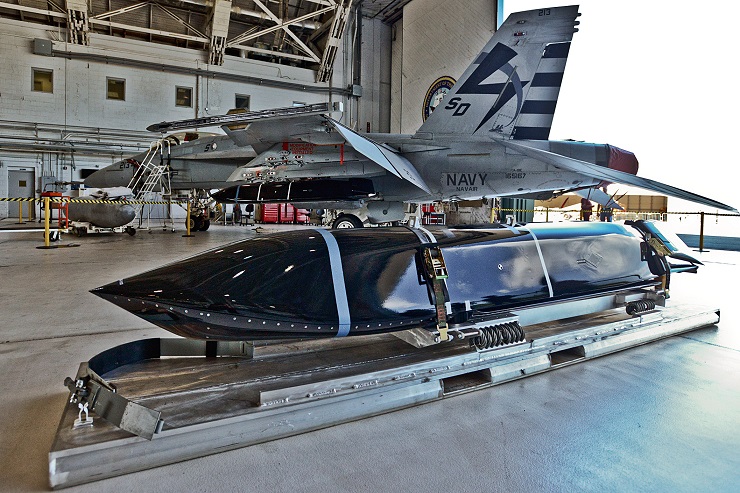Upon reading Australia’s new defense strategy, one might think its authors believe they are surrounded by nations invaded and destroyed by China with Australia next in line.
News headlines declare, “Australia’s new defence strategy unveils a significant strategic shift in foreign policy to meet new threats from China,” “China the unspoken threat at centre of new defence strategy,” and “Australia to buy ship-killing missiles and shift focus to Indo-Pacific” to “to protect overseas forces, allies and the mainland against rising threats including China.”
The “threat” of China – the articles and the new defense strategy argue – requires Australia to spend billions on weapons bought from the United States and to depend more heavily on the US for Australia’s protection.
Yet in the same breath, Australia’s media openly admits that up until now, Australia’s military has spent much of its time contributing to America’s many and still-ongoing wars of aggression around the globe from Libya and Syria to Iraq and Afghanistan. Most recently, Washington has recruited Australia to help bolster its presence in the Strait of Hormuz in an effort to menace Iran as well.
In one of the above mentioned articles it’s admitted that:
For decades Australia has been quick to send troops, naval vessels and planes to help the United States wage wars on distant shores.
Despite all but admitting the US – not China – is engaged in a global campaign of armed aggression and that Australia is a willing accomplice – Australia’s new defense strategy points the finger at China as the ultimate global threat.
A likely explanation for this contradictory worldview among Australian policymakers is the possibility that deep-pocketed lobbyists from Washington still hold more sway over Australia’s political levers than Australian businesses and certainly the Australian public – and plan to collectively squeeze Australia for billions in arms sales for missiles and other weapon systems pointed at what is otherwise Australia’s largest and most important economic partner – China.
Not only does this fill up the coffers of corporations like Boeing, Lockheed Martin, Raytheon, and others, but Australia’s apparently hostile posture toward China will most certainly taint relations between the two nations, creating further conflict, and requiring continued and increased weapon sales well into the future.
Should any conflict erupt between the US and China, Australia will find itself a much closer target than the US – a sacrificial pawn of sorts that will bear the full brunt and consequences of any potential US-Chinese hostilities.
Well-Timed “Cyber Attacks” Help Sell an Otherwise Unappealing Defense Strategy
The new defense strategy – long in the works – was unveiled only after a healthy dose of recent and mysterious “cyber attacks” Australian security agencies attributed with no evidence to China.
Again – the irony here is that the US has by far demonstrated itself to be as much a threat in cyberspace as it is to sovereign nations and their physical territory, and much more so than China.
Regarding Australia specifically, a 2013 Guardian article titled, “NSA considered spying on Australians ‘unilaterally’, leaked paper reveals,” would note that a:
The US National Security Agency has considered spying on Australian citizens without the knowledge or consent of the Australian intelligence organisations it partners with, according to a draft 2005 NSA directive kept secret from other countries.
The US National Security Agency (NSA) has been revealed to have compromised communications worldwide, hacked the phones of national leaders both friend and foe, infiltrated and created backdoors in Western-manufactured high tech hardware, and carried out offensive cyber attacks against nations around the globe.
There is also a growing body of evidence that suggests many attacks attributed to nations like Russia and China – like the one recently carried out against Australia – were either fabricated entirely, or in fact carried out by actors in the US itself.
But what better way is there to sell the otherwise unpopular idea of Australia buying billions of dollars of weapons from America and poisoning relations with China than to cite an alleged act of aggression from China that is nearly impossible to attribute one way or the other? The Western media’s clout has in the past and continues to be much more persuasive than fact or common sense in the short-term.
Other analysts have pointed out Australia’s new defense policy is out of touch with reality. It will also do much more to undermine Australia’s national security than underwrite it.
While it is sensible for nations to ensure they have a credible deterrence against all forms of aggression regardless of the nation of origin, Australia’s defense posture has it facing a nation clearly more interested in economics than conquest, and facing away from a nation not only openly and repeatedly carrying out aggression worldwide, but one increasingly turning on its own allies for not exhibiting enough zeal against its many and multiplying enemies.
While Australia commits billions to buying American weapons and buying into Washington’s continued and growing confrontation with China – in the end – Australia will need to pick between fading with the US economically or finally accepting China’s rise regionally and globally and Australia’s role as a partner with China rather than part of America’s “primacy” over it.
Again – the irony here is of course that the most likely threat to Australia’s national security will not be from a rising China eager to do business with Australia, but a scorned Washington seeking increasingly aggressive means to force Australia back into its traditional role of buttressing US primacy.
Tony Cartalucci, Bangkok-based geopolitical researcher and writer, especially for the online magazine “New Eastern Outlook”.

